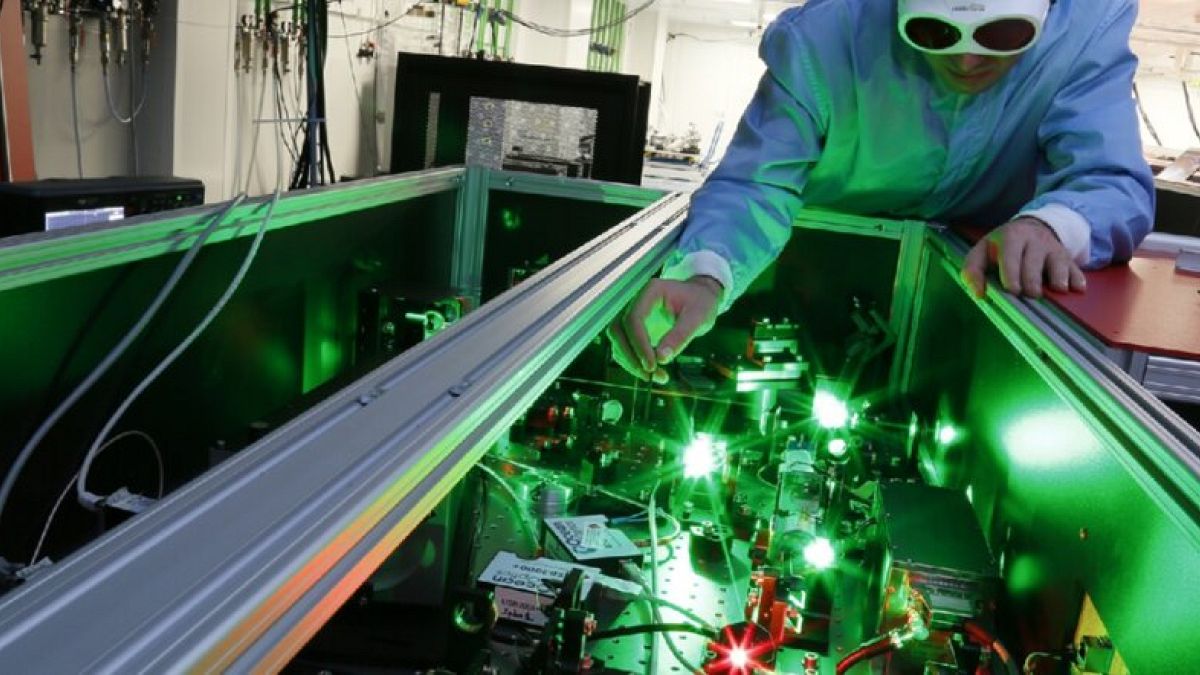It is a 356 million euro laser that is able to reproduce what happens when a star collapses deep in space. But the Romanian project has hit a very human hurdle. Here's how.
It is a 356 million euro laser that is able to reproduce what happens when a star collapses deep in space.
Currently under construction in Romania, the massive 10-petawatt laser - when finished - will be the most powerful on Earth.
But despite its ability to vaporise matter, the laser is not able to neutralise the scandal currently embroiling the project.
Romania’s Horia Hulubei National Institute for Physics and Nuclear Engineering, the home of the European Extreme Light Infrastructure project, recently fired its director, Nicolae Zamfir, who has launched a very public war of words with his replacement.
Zamfir, 68, is the subject of a complaint by Romania’s union of scientists, which alleges that he was over the retirement age (65) when he was appointed.
Zamfir says the accusation is unfounded - as he passed the selection process for the job when he was still under 65 - and that the complaint was lodged by members of staff that bear a personal grudge against him.
He includes in that list the man that replaced him, Nicolae Mărginean, appointed interim director for six months after Zamfir was fired on August 15.
Mărginean, for his part, would not be drawn on his side of the spat when asked by Euronews.
“This project will bring knowledge, understanding and scientific discoveries previously unheard off. The laser will benefit not only Romania but the whole of Europe,” he said.
“Romania was chosen from this project because of its outstanding history in nuclear physics research.”
How does the laser work?
The laser has two arms, of 10-petawatts each, which amounts to ten million billion watts, or one-tenth of the sun’s energy concentrated in a single beam of light.
It is part of the Extreme Light Infrastructure – Nuclear Physics (ELI-NP) and is part of a larger multimillion-euro pan-European mega scientific project called European Extreme Light Infrastructure, split between Romania, Hungary and the Czech Republic.
As well as the research capabilities, scientists are positive about how the laser can be used to treat cancer.
“The lasers will be used to research cancer treatments using high power lasers technology. We need such powerful lasers in order to accelerate heavy ions and research a technology that in the future will help treat tumours,” said Calin Ur, a senior researcher in experimental nuclear physics at Extreme Light Infrastructure – Nuclear Physics (ELI-NP) in Bucharest.
“A radiotherapy treatment using high power lasers will attack only cancerous cells and not harm the patient, and it will also be cost-efficient. If we want to generate a radiation field strong enough to treat tumours we need such powerful lasers.”
The laser will also help scientists understand black holes, which are caused when stars collapse in deep space.
--
_Correction: We amended this story's headline on same day of publication so as not to make an implication regarding corruption but rather to explain what the allegations of corruption are within the project's management. We apologise if any inference was taken in a manner that caused offence or distress. _
